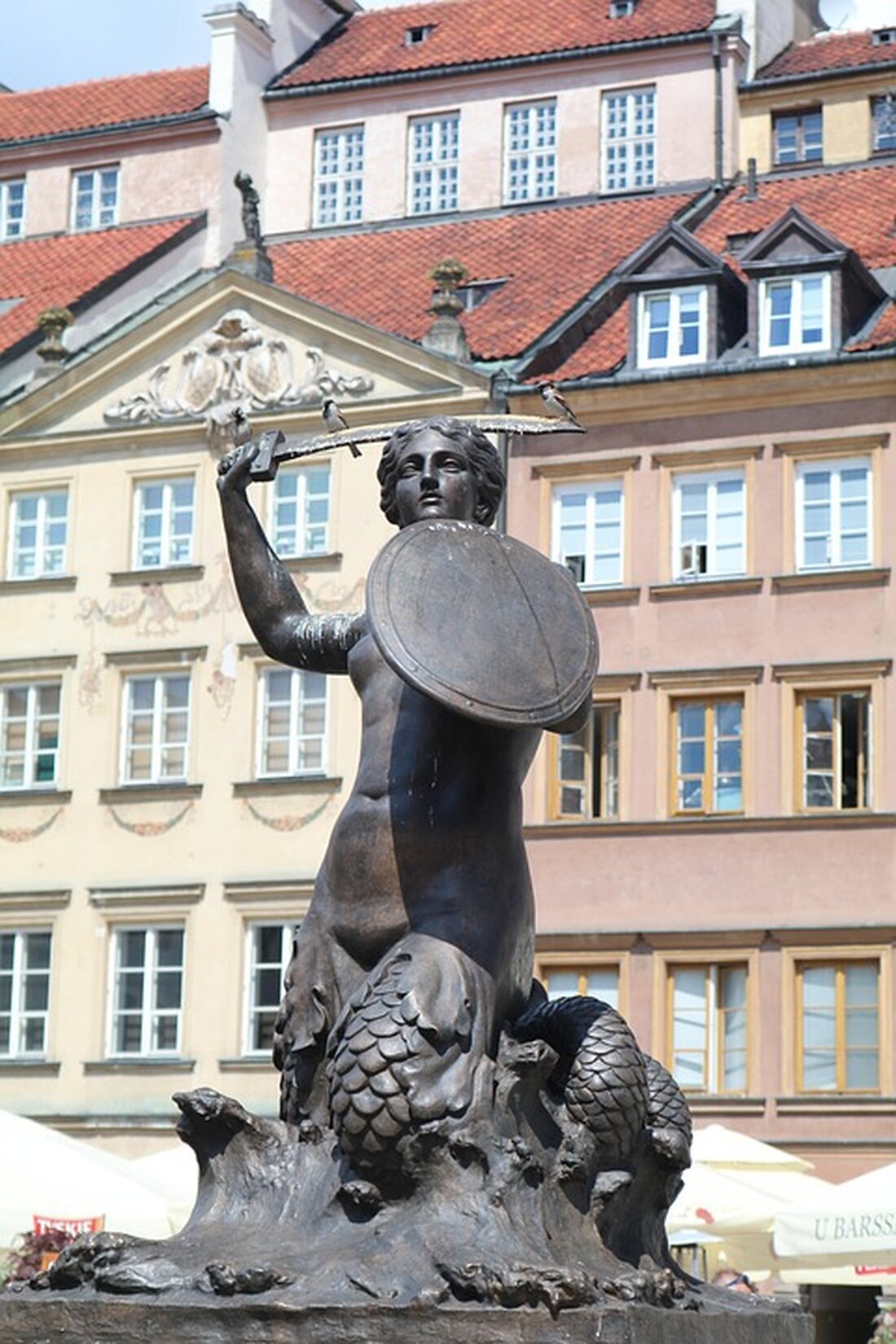Warsaw: From the past to a vibrant cultural metropolis!
Discover Warsaw's fascinating transformation: from historic old town to modern cultural center. Ideal for city trips!

Warsaw: From the past to a vibrant cultural metropolis!
Warsaw, the capital of Poland, has developed in recent decades from a place strongly associated with the Eastern Bloc cliché into a modern metropolis that surprises many visitors. The city, which has a population of around 1.9 million, offers an impressive skyline that reflects the changes in recent years. Particularly striking is the Palace of Culture and Science, a monumental building in socialist classicism that, at around 240 meters, is one of the tallest buildings in Poland. This makes Warsaw one of the cities with the highest density of skyscrapers in Europe, combining modern architecture and extensive green spaces. This is reported by the NZZ.
Cultural offerings in Warsaw have increased significantly over the last 15 years. This is not only contributed by the numerous museums, such as the Polin Museum, which documents the history of Jews in Poland, and the Warsaw Uprising Museum, but also by the many cultural events and activities that keep the city alive. Public transport is well developed, and tickets for bus, tram and subway cost moderately, around 1 euro for a one-way journey. This development has significantly increased the quality of life in Warsaw. In summer, the banks of the river offer numerous leisure opportunities, such as open-air cinemas and beaches.
The tragic history of Warsaw
Warsaw has a tragic history that contributes to the city's identity. The Warsaw Uprising in 1944 was a crucial moment in the resistance against German occupation. The uprising in the Warsaw Ghetto, which took place between April and May 1943, also left deep marks. Memorials such as the memorial to the heroes of the ghetto at the Polin Museum and the Jewish cemetery on Okopowa Street, which was built in 1806, commemorate these dramatic events, which are of great importance for the understanding of the city, reports the Mercury.
A visit to Warsaw offers the opportunity to walk between history and modern culture. The old town, which was rebuilt true to the original after the Second World War, has been a UNESCO World Heritage Site since 1980 and is a testament to the resilience of the city's residents. The contrast between the historic sites and the dynamic modern architecture is unique.
Cultural highlights and leisure opportunities
Visitors to the city can experience Warsaw's musical history at various locations. There are 15 Chopin benches that play pieces of music by the composer and tell episodes from his life. The famous composer's heart is buried in the Church of the Holy Cross, underlining Warsaw's cultural ties to its heritage.
A particularly popular meeting place in the city is the trendy Powisle district, which embodies Warsaw's transformation. Here, the old Elektrownia power plant from 1904 has been transformed into a cultural power plant that will serve as a center for gastronomy and culture until 2025, consciously preserving the industrial charm and historical elements.
Overall, Warsaw is increasingly described as safe, clean and green. The city has transformed into a progressive and open society, even if the younger generation shows a negative attitude towards Russia. The best months to travel are from May to September, and Warsaw is easily accessible from many German cities such as Berlin, Dresden and Hanover.

 Suche
Suche
 Mein Konto
Mein Konto